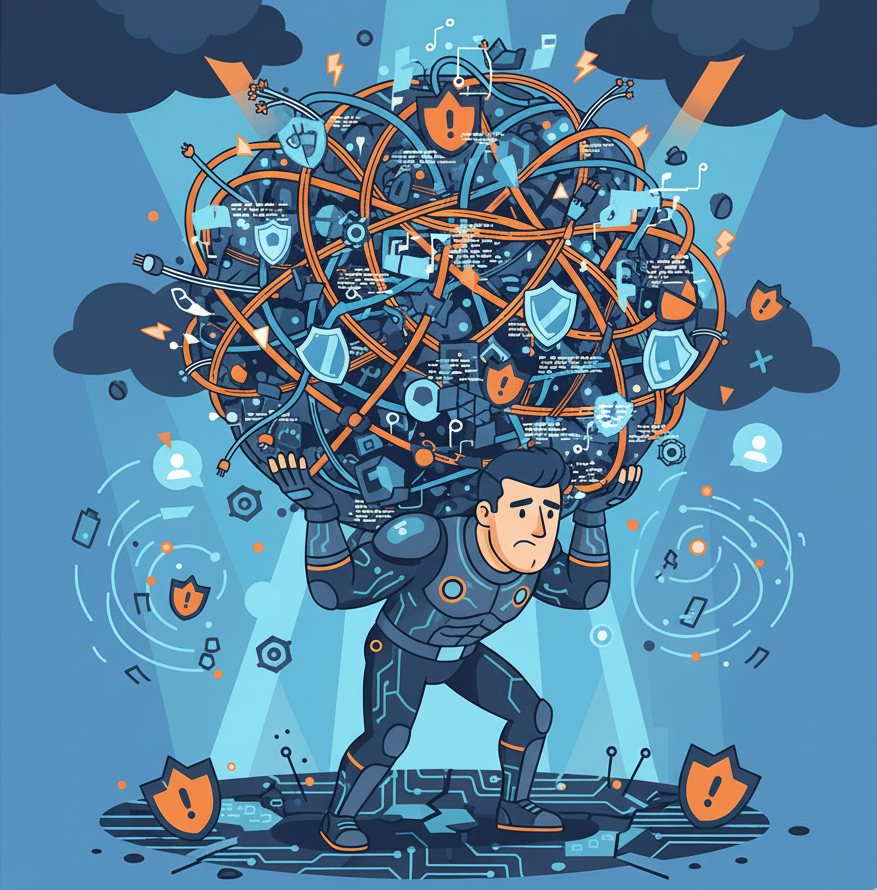Core Services
How to Survive the Year-End Rush Without Burning Out Your Security Team
We are reaching that strange part of the year where there are months to go before we reach 2026, but conversely it will all be over in the blink of an eye. Christmas will roll into and out of view, with us all still staring at a sky-high pile of to-do lists, unrealised plans and pipe dreams.
Cyber security can be quite a challenging topic to keep on top of. Security, by its own definition, is not an absolute or binary Good/Bad or Pass/Fail. It’s relative to many factors and as a result, it is the default mode of many passionate individuals to maximise effort and throw everything they have at it. It’s tempting and does commonly lead to better results.
It’s been identified elsewhere that burnout can result from a long period of high effort, combined with no positive impact, recognition or view of a desired end-state or goal. This sounds quite familiar. Once it has happened, it is hard to come back from it as well.
How Overworked Security Teams Increase Human Error Risk
One of the key risks that we have been working through in 2025 is one of human error. Many people in the industry are well-principled and will strive to do the right thing. Those people, when faced with conflicting asks of their time may take shortcuts, which can open an organisation up to invisible risks and configuration drift. At other times, a simple mistake happens due to a lack of proof checking or not having a documented process to follow. An overburdened individual will fall into these traps. Building processes, systems and controls that can reduce human error is a genuine risk management and system architecture topic that should be spoken about more in my opinion.
The alerts are piling up, the business risk thermometer is about to pop and one of your key third parties just got breached. What can we do to steady the ship? How can we find that serene, zen-like “eye of the storm” when everything around us feels urgent?


